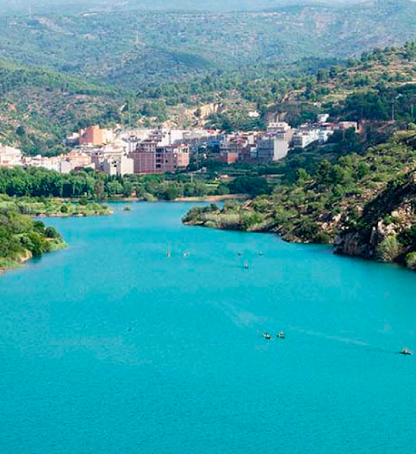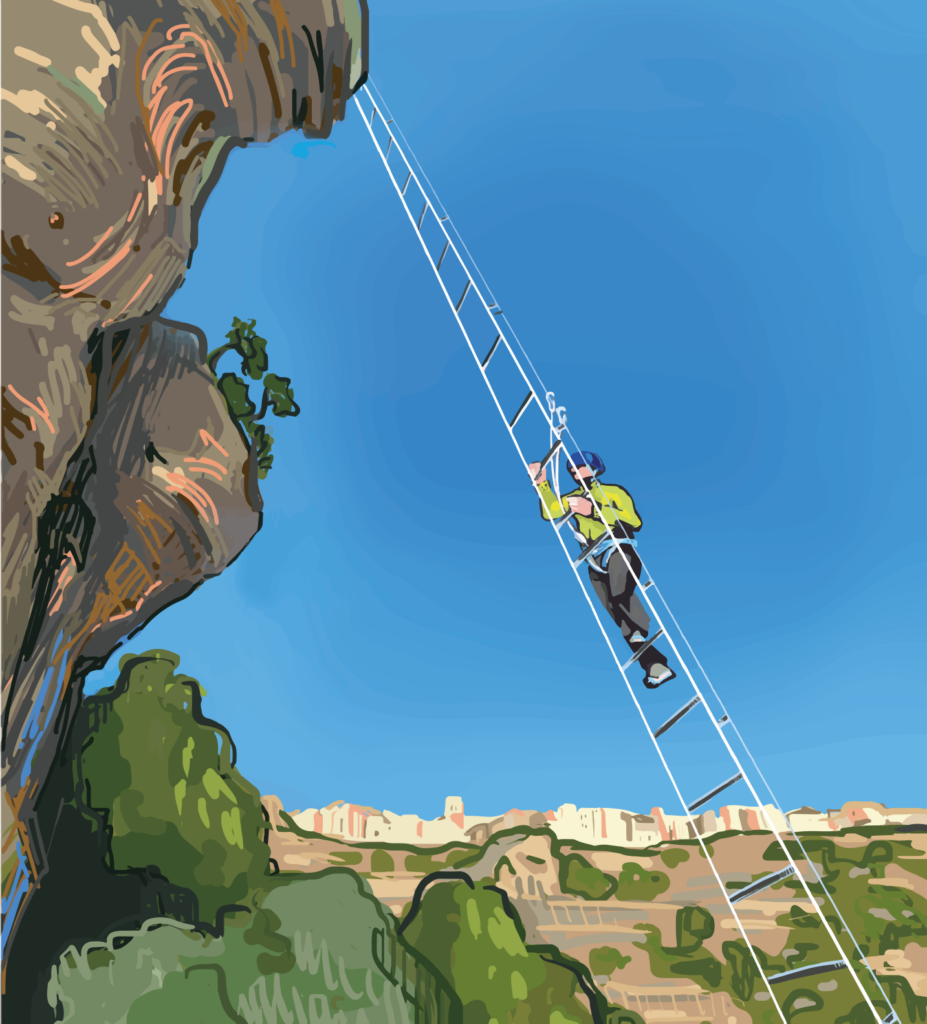En 1947 , casi 20 años después de que el Ministerio de Obras Públicas autorizara el estudio de regulación de las aguas del río Mijares con el objetivo de aprovecharlas para el riego de la huerta de la Plana de Castellón, se iniciaron las obras para la construcción del embalse del Sichar, o Sitjar en valenciano.
Aunque inicialmente la capacidad del embalse del Sichar era de 52 Hm3, durante los años 70 se revisó y se establació en 49 Hm3. Además, tiene una superficie de 317 Ha, pertenecientes a los términos municipales de Ribesalbes y Onda, y una cola de 8 Km de longitud. La presa, de tipo gravedad, tiene una altura de 54 metros y una longitud de 581 metros, siendo la cota de coronación de 167.5 msnm
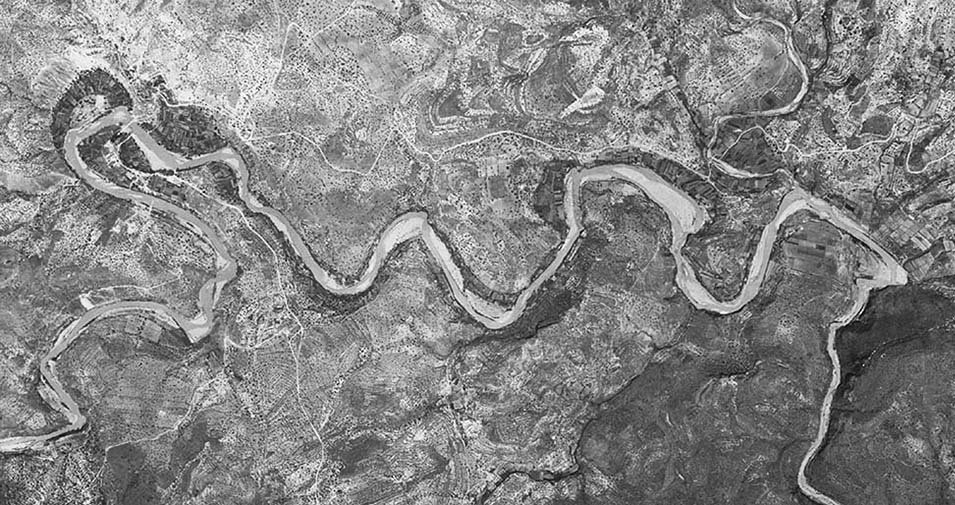
La mayoría de las tierras que se inundaron con la construcción de la presa del Sichar eran tierras de secano dedicadas al cultivo de cereales, olivos y algarrobos, aunque también había masías habitadas, como la Masía Gayatos, Masía de la Viuda, la Masía de Gil, la Masía Palagua o la Masía de Pedro Juan, que quedaron sumergidas por el agua.
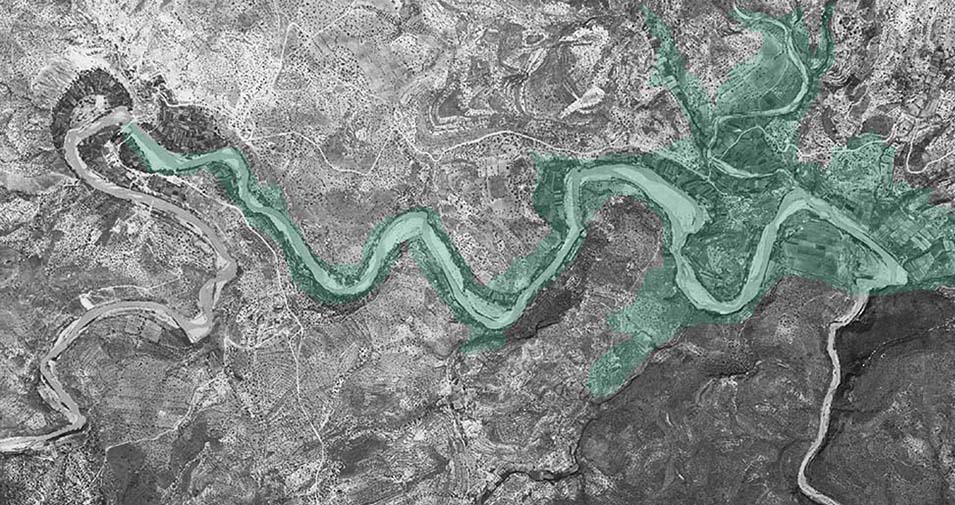
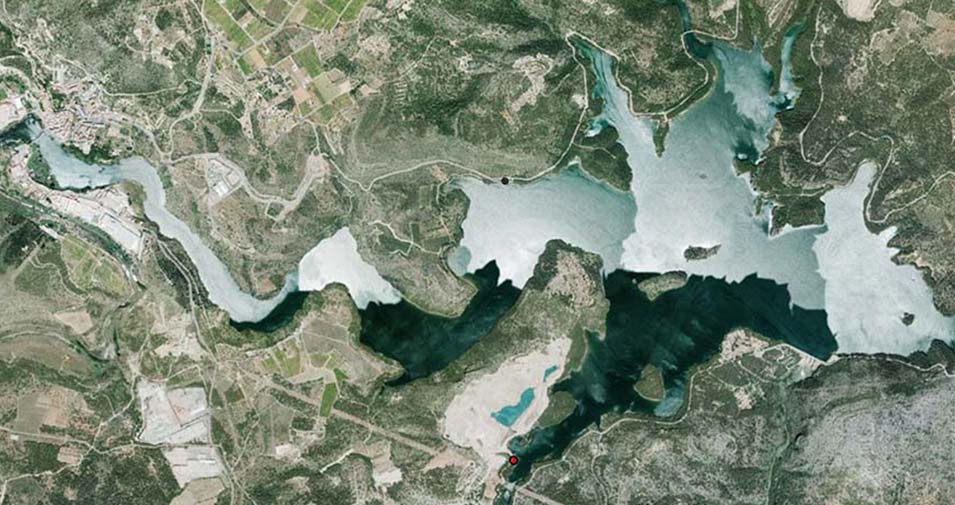
Con un presupuesto inicial de 38.321.000 pesetas, los trabajos de construcción del embalse del Sichar fueron financiados en su totalidad por el Estado, siendo adjudicados la mayor parte de los mismos a la Junta de Aguas de la Plana. Las obras finalizarían en Abril de 1965, aunque ya se venía haciendo uso del mismo desde el año 1957.
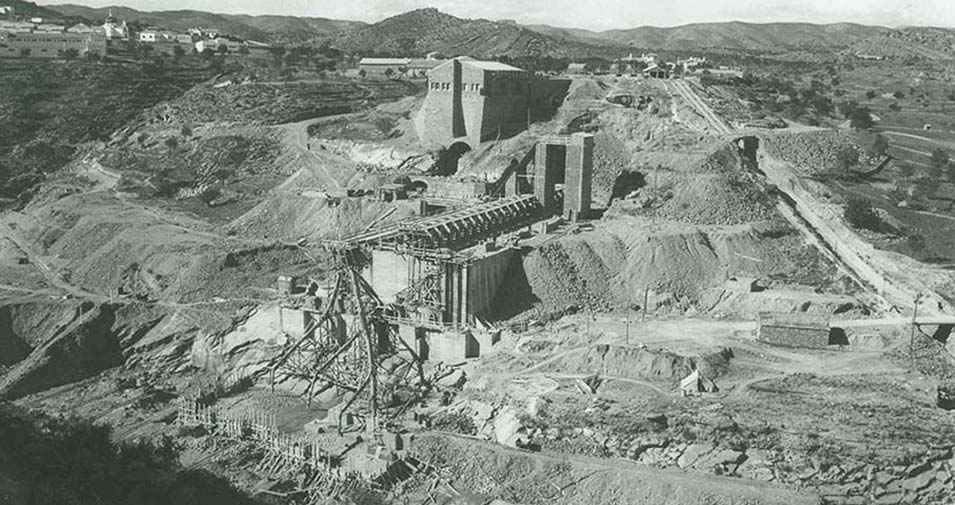
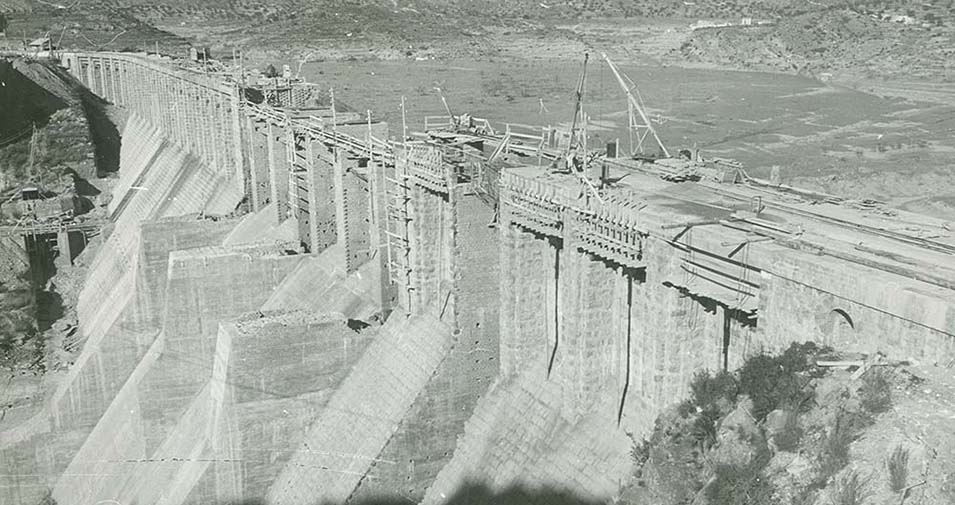
En el año 2005 el embalse del Sichar fue el primero del ámbito de la Confederación Hidrográfica del Jucar (CHJ) en el que se detectó la presencia del Mejillón Cebra, un molusco originario de los mares Caspio, Aral y Negro considerado una de las 100 especies invasoras más dañinas del mundo, poco después también se descubriría su presencia en otras masas de agua de la CHJ, como el embalse de Forata.
Con el objetivo de minimizar y ralentizar su propagación, la CHJ prohibió la navegación en masas afectadas por el mejillón, hasta que a finales de 2014, tras una Resolución de la Presidencia de la Confederación Hidrográfica del Jucar, se estableció un régimen que permite la navegación en masas afectadas por el mejillón cebra en base a una normas específicas. Desde 2016, Viunatura gestiona una base náutica en Ribesalbes donde ofrece actividades de navegación en kayak y paddle surf, entre otras.

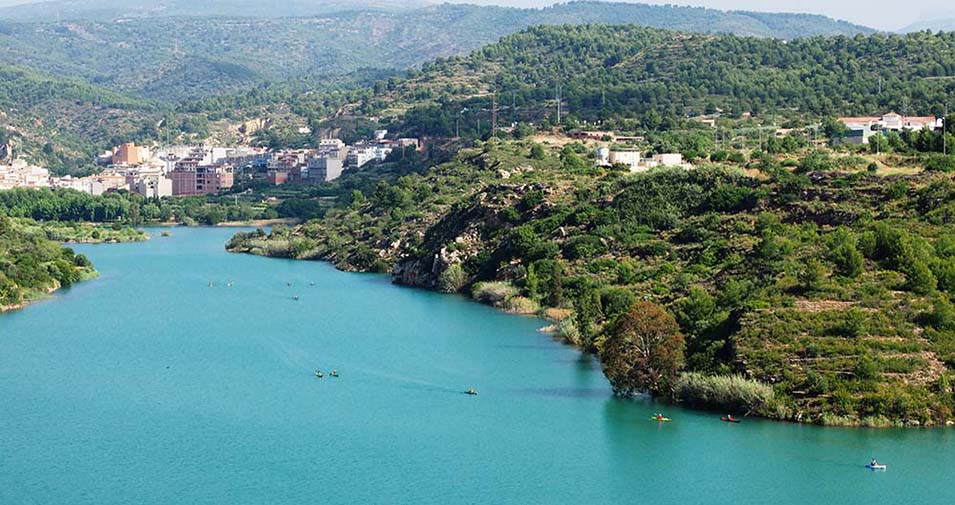
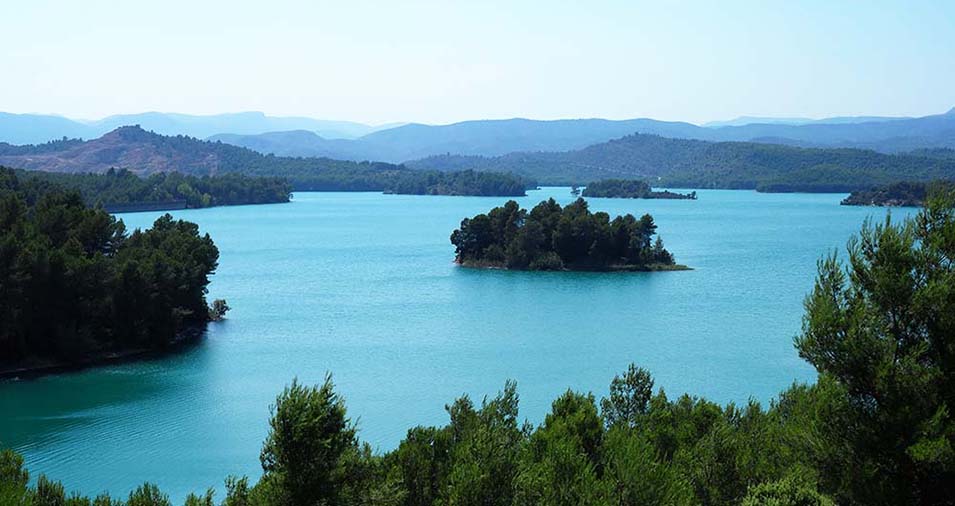
Notas:
La primera imagen pertenece a los vuelos fotogramétricos que el Army Map Service de Estados Unidos llevó entre 1945 y 1946 sobre la península ibérica. Estos vuelos, también conocidos como Vuelo Americano Serie A, pertenecían al proyecto «Casey Jones», cuyo objetivo era contar con una cartografía adecuada del territorio europeo. Estas imágenes son accesibles de forma en online desde diversos visores como el del Instituto Geográfico Nacional o el del Institut Cartogràfic Valencià.
Si queréis saber más sobre la historia de la construcción del embalse del Sijtar, Mari Carmen Muñoz escribió unos fantasticos artículos en el blog del curso de Antropología Cultural de la Universitat Jaume I, donde además hay numerosos e interesantes artículos sobre historia cultural de Castellón y su entorno.
Tampoco os podéis perder el libro editado por la CHJ con motivo de su 75 aniversario donde repasa la historía de la Confederación Hidrográfica del Jucar.
